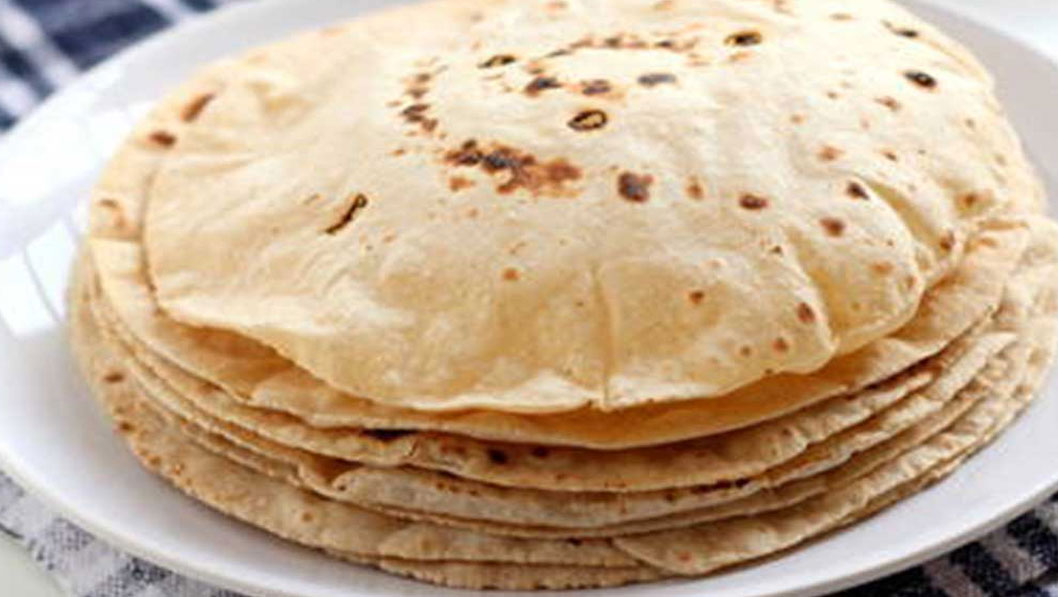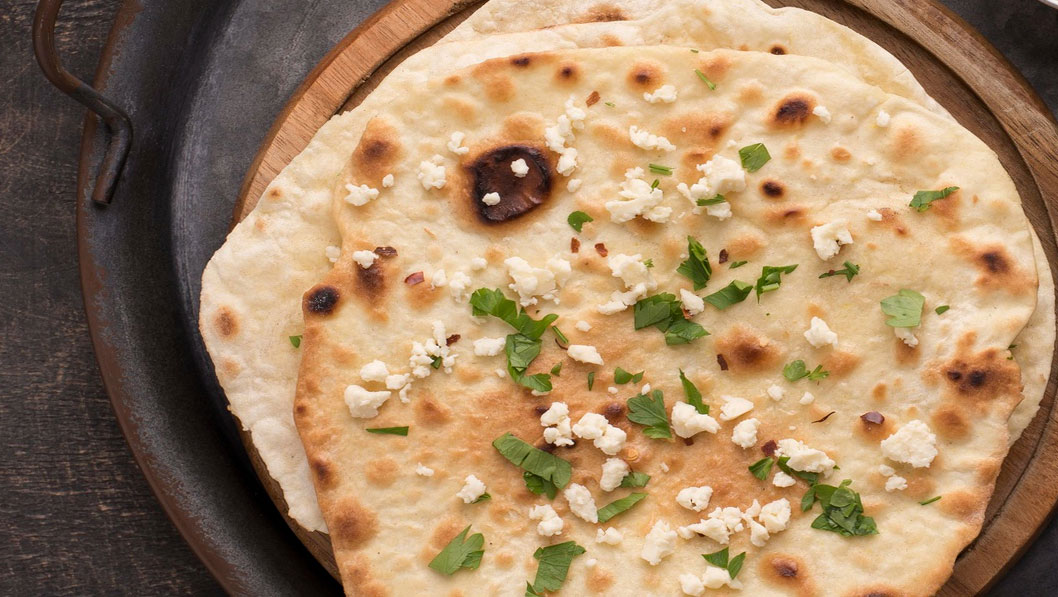Roti is a staple food in many countries, particularly in South Asia, the Middle East, and parts of Africa. The flatbread, traditionally made from whole wheat flour and water, is cooked on a hot griddle. The basic recipe for roti is simple, but the use of different ingredients can alter its texture, flavor, and nutritional profile. Among these ingredients, soya lecithin has gained popularity for its functional properties. This comprehensive guide explores the various uses of soya lecithin in different types of roti, examining its role in improving texture, enhancing shelf life, and offering nutritional benefits.
Roti

- * Emulsifying Properties and Dough Consistency
- * Improved Dough Hydration and Softness
- * Fat Distribution and Uniform Texture
Now, let's explore how soya lecithin is used in different types of roti, considering their unique properties and preparation methods.
Traditional Roti (Chapati)Traditional roti, or chapati, is made with whole wheat flour, water, and salt. It is a simple flatbread cooked on a hot griddle (tava) without the use of fat. In this basic form, soya lecithin is not typically required, as the dough is simple and does not need emulsification. However, the addition of lecithin in modern variations can offer several benefits

Paratha is a layered, flaky, and often oily variety of roti that is pan-fried with ghee or oil. In paratha dough, soya lecithin can be a valuable addition for the following reasons:
- * Layering Effect
- * Fat Emulsification:
- * Moisture Retention:
Parathas, especially when they are layered, benefit from lecithin’s ability to lock in moisture, keeping the finished product soft and tender. This is particularly helpful for parathas that are reheated or stored for later consumption.
Lachha paratha is a variant of paratha known for its multiple layers. Achieving the perfect lacelike texture requires skillful rolling and a careful balance of ingredients. The use of soya lecithin in the dough enhances the dough's elasticity and helps to maintain separation between the layers. The emulsifying properties of lecithin help ensure that the layers do not stick together, resulting in a crispier, more flaky texture.
NaanNaan is a popular leavened bread made from all-purpose flour, yogurt, and sometimes milk or egg. Lecithin helps to create a smoother dough, improving the texture and making it easier to work with. This is particularly important for naan, as the dough can sometimes be sticky due to the addition of yogurt. Naan is often prepared in large quantities for events or restaurants, and its tendency to become dry quickly can be mitigated by adding soya lecithin, which helps retain moisture. Lecithin aids in the even distribution of fat and moisture, contributing to the soft, fluffy texture that is characteristic of naan. This is especially important for creating the pillowy texture that differentiates naan from other types of flatbread.
KulchaKulcha is a type of leavened flatbread that is typically made with refined flour and sometimes enriched with milk or yogurt. Like naan, kulcha is traditionally cooked in a tandoor (clay oven). Lecithin helps incorporate fat (such as ghee or oil) into the dough, resulting in a richer, more tender texture.Soya lecithin improves the dough's consistency, making it easier to knead and roll out without it becoming too sticky or dry.
Nutritional Benefits of Soya Lecithin in RotiBeyond its functional properties, soya lecithin also offers several nutritional benefits:
- Healthy Fats : Soya lecithin is a good source of polyunsaturated fats, including omega-3 and omega-6 fatty acids. These fats are essential for maintaining heart health, improving brain function, and supporting cellular processes.
- Choline : Soya lecithin is rich in choline, an essential nutrient that plays a key role in brain health, liver function, and fat metabolism. The inclusion of lecithin in roti dough provides an additional source of choline in the diet.
- Improved Digestibility : Lecithin can also help improve the digestibility of certain foods by aiding in the emulsification of fats and oils, making it easier for the body to absorb nutrients.

